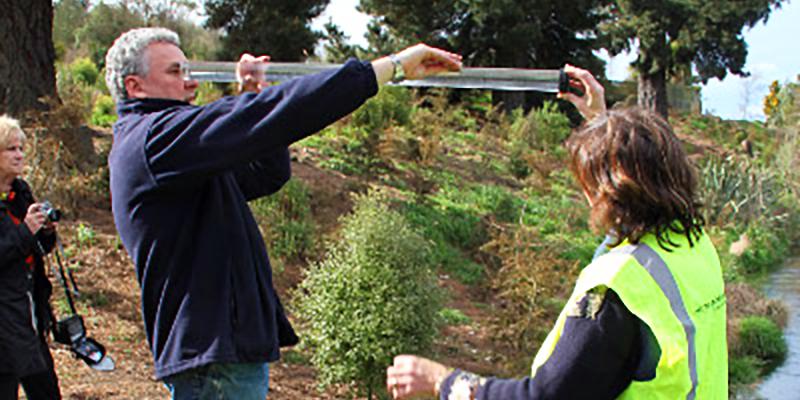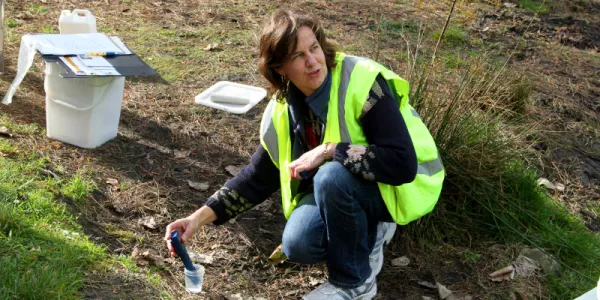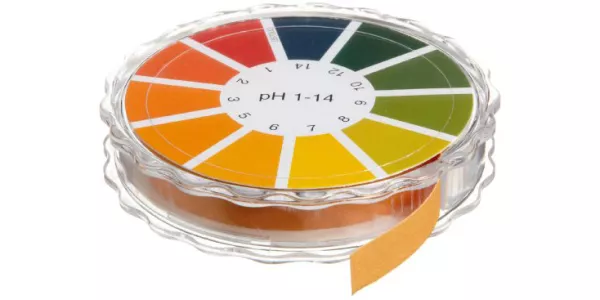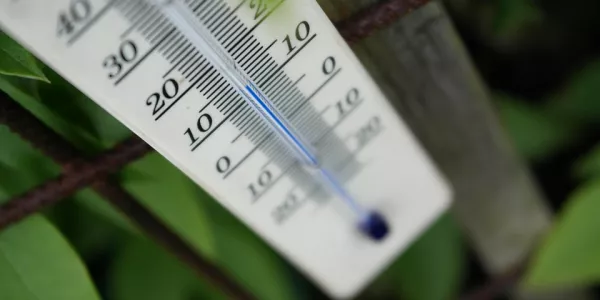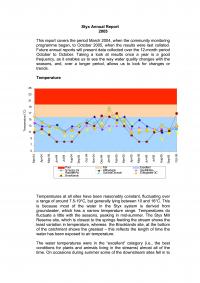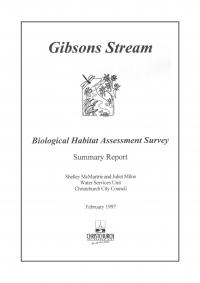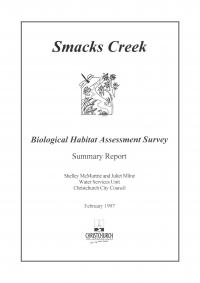Water Clarity
Clarity is the term used to describe the clearness or transparency of water in a waterway.
Water clarity varies depending on the amount of materials that have become mixed and suspended in the water. Suspended material, such as sediment and algae, restricts light passing through the water column.
Clarity is measured by the distance in centimetres at which an object becomes invisible to the naked eye. This is influenced by the amount of mixed or suspended sediment and/or algae present in the water sample.
Guideline values for water clarity measurements are:
Excellent > 100 cm
Fair 55 to 100 cm
Poor < 50 cm
Generally people perceive clear water as clean and healthy and more attractive in waterways. Clear water is also generally more desirable ecologically as a habitat for aquatic plants and animals. Reduced light passing through the water can limit plant growth which in turn, affects aquatic life relying on the plants for food. Clear water helps optimise water quality conditions and allows sunlight to penetrate into the water.
Obviously there will be times, such as during flooding, when water clarity declines. However, if poor water quality persists in times of stable flow, plant growth can be limited and the feeding patterns of fish and invertebrates can be affected.
Murky waters may result in excessive amounts of sediment being deposited on the streambed. This deposited sediment settles into the spaces between the stream stones where fish and many invertebrates like to shelter. For this reason streams with sedimented beds are generally home to less fish and invertebrates.
Water clarity is measured using a clarity tube. The tube, open at one end, usually comes as part of a SHMAK kit. The clarity measuring part of the kit includes 2 magnets; one for use outside the tube, the other magnet with a black disc attached is used inside the tube. Also included is a black rubber cap that is fitted over the open end of the tube.
To obtain a water clarity reading:
- Collect water
Using a container, collect undisturbed water from the stream and pour it into the clarity tube, filling it to the brim. Ensure that there are no air bubbles in the tube. - Insert magnet
Insert the magnet with the black disc inside the tube, with the disc closest to the open end of the tube. Hold this in place by attaching the other magnet to the outside of the tube. Fit the rubber cap over the open end of the tube. - Find good lighting
Take the tube out of direct sunlight. Try to always take clarity readings in diffuse sunlight or shade, but avoid patchy light with shadows. If impossible to avoid bright sunlight, work with the tube perpendicular to the sun’s plane: any shadow should be cast to the side of the tube, not directly along it. In bright sunlight you may see reflection from the black disc – try to ignore this. For heavily shaded sites take the sample and the tube to a more open location. - Horizontal measurements
Hold the tube horizontally or on a level surface such as a vehicle roof, move the black disc to the window end of tube, view through the clear end with your eye close to the ring protecting the acrylic surface. Move the black disc away until it disappears, then back towards you until it re-appears. Note this distance down using the centimetre graduations marked on the outside of tube. - Repeat measurements & change viewers
Repeat the measurement procedure, then for the third reading, swap with your survey partner to allow your partner to also take a reading so that a total of three readings are recorded. If the readings made by two people are very different ( >10% different) repeat the readings. Before each reading, gently agitate the water in the tube to ensure that any sediment stays in suspension (but take care not to shake so hard that bubbles are produced). - Recording the data
Add the 3 readings taken, and then divide the total readings by 3 to get an average distance in ‘cms’. If entering the data directly onto the website, this will be calculated for you.


